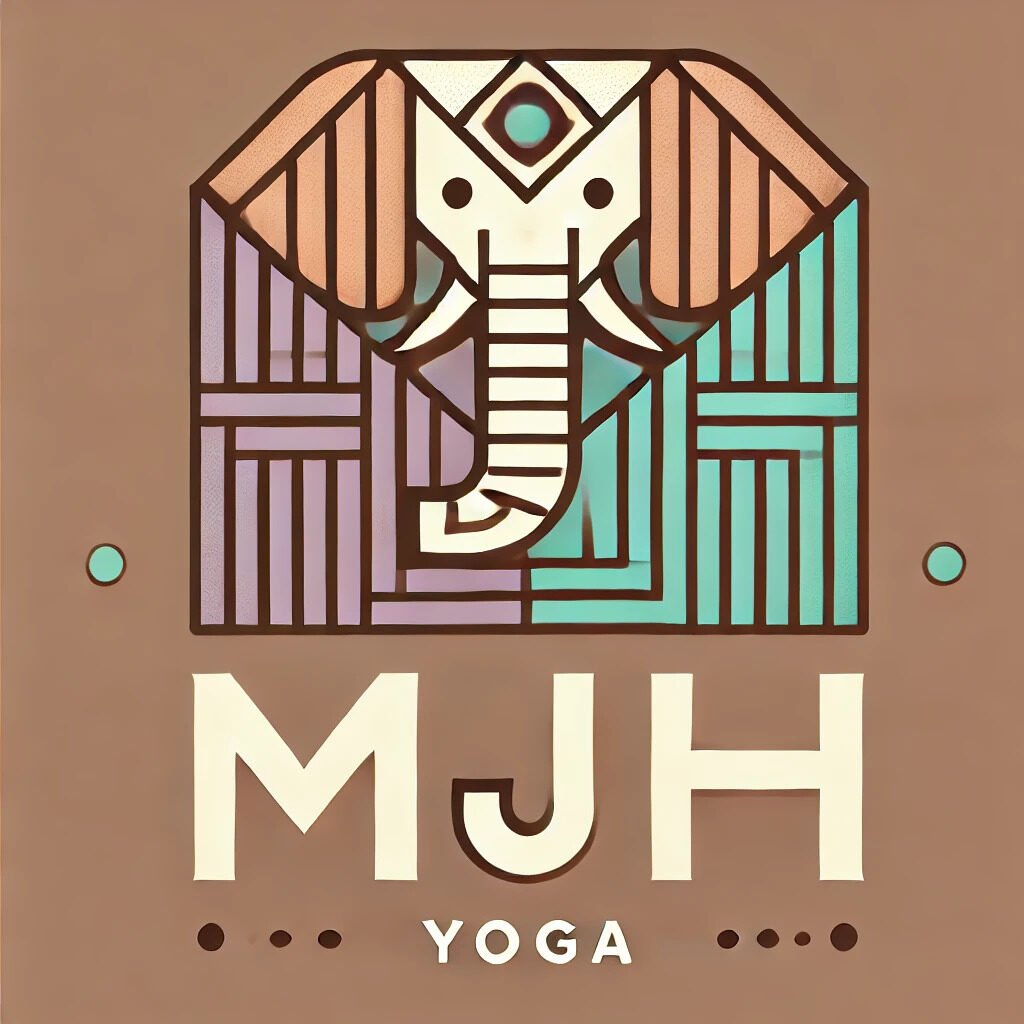Video: Regenerating Trust in Local Communities After Toxicity
What happens when charismatic teachers extract value from communities and leave? How do we rebuild after the damage is done?
This is about the hard work of regeneration—in yoga communities, in local spaces, and in ourselves. It’s about the difference between extraction and cultivation, between building a following and building an ecosystem.
In this video:
• Why charismatic “dirt bags” wreck communities and leave others to clean up the mess
• The downstream effects of toxic yoga culture and multi-level marketing dynamics
• What it means to commit to place and do the unglamorous work of regeneration
• How my teacher turned barren land in Ecuador into a thriving cacao forest—and what that teaches us about community building
• The difference between systems thinking and linear thinking when addressing harm
• Why local matters: serving the same community for years instead of chasing platforms
• What real success looks like (hint: it’s not follower counts)
• A note about anger—and why channeling rage into regenerative work matters
This isn’t abstract philosophy. It’s documentation of how to build communities that survive extraction, drawn from years of teaching Ashtanga yoga in Washington DC and watching what happens when authority figures abuse their power and leave.
If you’re tired of watching charismatic individuals burn through communities, if you’re doing the quiet work of tending your local space, if you’re angry about extraction being rewarded while regeneration goes unnoticed—this is for you.
The work is slower. Quieter. Less glamorous. And it’s worth it.
Based on concepts from my book “Collider” about building resilient yoga communities through systems thinking.
YogaCommunity #AshtangaYoga #CommunityBuilding #SystemsThinking #RegenerativeWork #YogaTeacher #LocalMatters #YogaCulture
00:00 Regenerating Land After Charismatic Dirt Bags
00:57 The Problem: Charismatic Dirt Bags Wreck the Land
02:37 The Downstream Effect
05:08 Local Matters
07:06 The Cacao: Why It Matters
07:58 Building the Ecosystem
09:27 Surviving Extraction
10:12 Systems Thinking
11:02 The Risks and Rewards
12:12 What Success Looks Like
12:36 A Note About Anger
14:02 Channeling Rage Towards Regeneration










